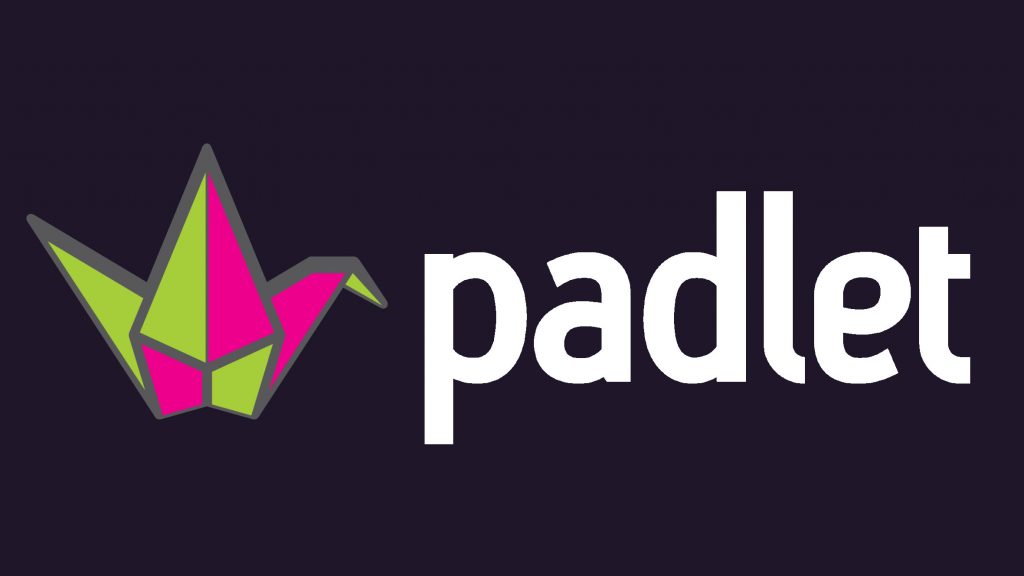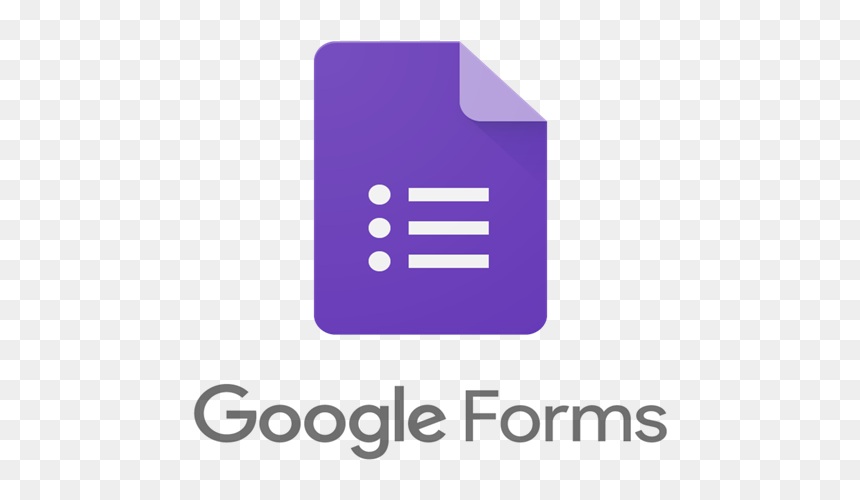 Image Source: https://unsplash.com/photos/QckxruozjRg
Image Source: https://unsplash.com/photos/QckxruozjRg
Today, technology is all around us. Every day you wake up and check the phone, then go to school, open emails, and do your assignments online. After school, you order something to eat online, facetime with your friends, and basically use technology up to the moment when you go to sleep. So why not use technology for increasing student engagement in class?
Some professors still continue to think that students have to hide their phones while in class. Others have accepted that the younger generation is basically born with a phone in their hands. Some learners even use technology to pay for essay when ordering an assignment on EssayWritingService to make sure that they can keep up with their studies. With the 2020 pandemic, an even bigger part of the educational process moved online. Now, it only makes sense to encourage student engagement with technology. Why should the most technically proficient generation deny this progress and revert back to the old ways?
This review presents six technology-based activities and tools that will increase student engagement in their learning.
- Diigo
- Padlet
- Sli.do
- Kahoot
- Evernote
- Google Forms
Let’s take a more detailed look at these tools.
Diigo

So basically, Diigo is a virtual classroom that is most effective for reading discussions. The syllabus and the reading are uploaded to Diigo by the instructor. After that, learners have an opportunity to create their annotations, highlight pieces of text, and discuss their thoughts.
This tool is also great for the instructors and they engage their class in an active discussion online. Gen Z loves to comment on stuff on the Internet, so Diigo can be like an Instagram for their assigned texts, especially since remote learning is not going anywhere.
Padlet

This interactive blackboard works great for problem visualization. Students and teachers can communicate with the help of sticky notes. In this case, the pupils can always see the progress of the discussion. At the same time, the instructors can see how many learners already contributed to the lesson.
Padlet is one of those tools that increase engagement in class. Yet, it is limited to one option of sticky notes only. This limitation is very serious if an instructor has a lot of other content to show online. In this case, Padlet is not really necessary. But it can be a great additional tool for self-control!
Sli.do

This tool is great for class engagement because it creates a conversation between all learners. Sli.do has online voting polls, Question & Answer format, and quizzes. Also, with this tool, the instructors give students a sense of freedom and importance. They can create a voting poll and choose the next topic for the lecture by themselves, thus increasing student participation in class.
Kahoot

This interactive tool offers a more entertaining approach to learning. Everybody knows the show ‘Jeopardy’, right? Kahoot uses the same style, creating a competition among the class learners. The professors can also choose a host for the game.
What is interesting about Kahoot is that students engage in a fun activity and learn at the same time. Add a little prize for the learner with the most correct answers, and you have an ideal formula for class engagement!
Evernote

Evernote is a less fun educational tool compared to others on this list. Yet, it still can serve the purpose of engaging learners more in their online studies. Basically, Evernote is an online schedule and note-taking application. It can be easily installed on any phone and even send notifications for the assignments.
The idea behind this app is that students are already on their phones constantly. With Evernote, they can share their notes, schedules, and even answers to some tests! Also, this app can be used as a form of an educational social network similar to the university portal.
Google Forms

Perhaps, this is the least fun tool on this list. In education, it can serve the purpose of giving feedback to the instructors about their classes. One of the positive sides of Google Forms is that the prepared questionnaires can be anonymous. This might encourage students to reach out to their professors more.
Google Forms can be used for a specific goal if the teacher wants to gather info about an assignment. Or it can be used as a tool of providing comments and criticisms.
Takeaway
Of course, this list offers only several of the technology-based activities and tools that will increase student engagement in their learning. A lot of teachers use other means of involving their pupils in class, for example, videos, educational games, and even virtual reality.
It is important to find something that works for the whole class. For example, some professors use several of these tools at the same time to make sure that their students continue to be interested throughout the whole year.




